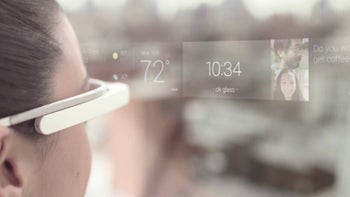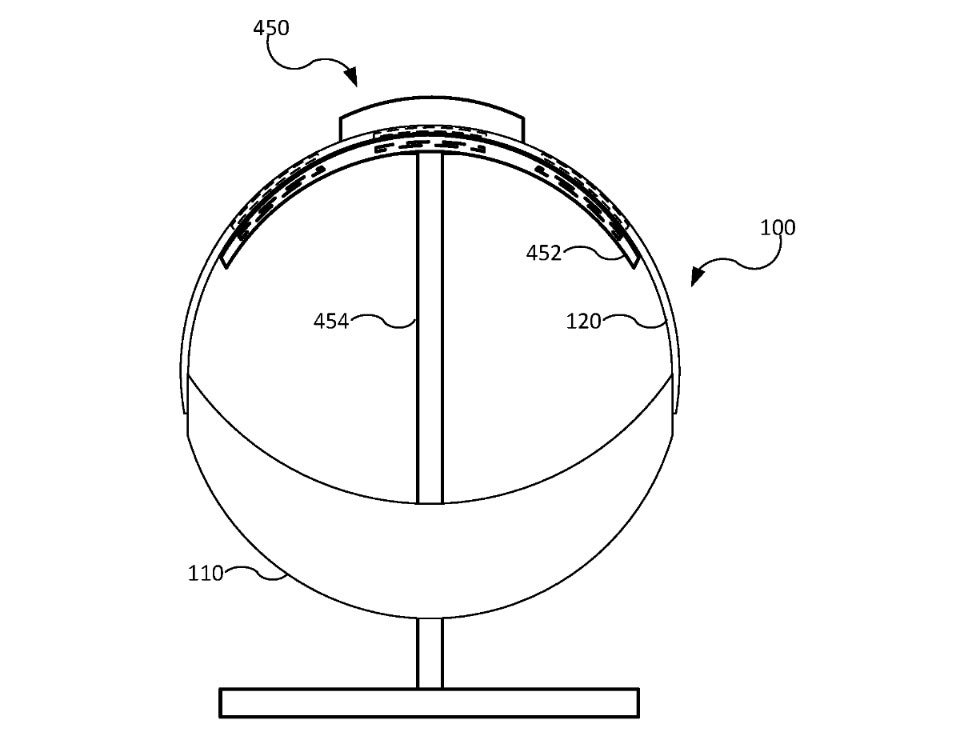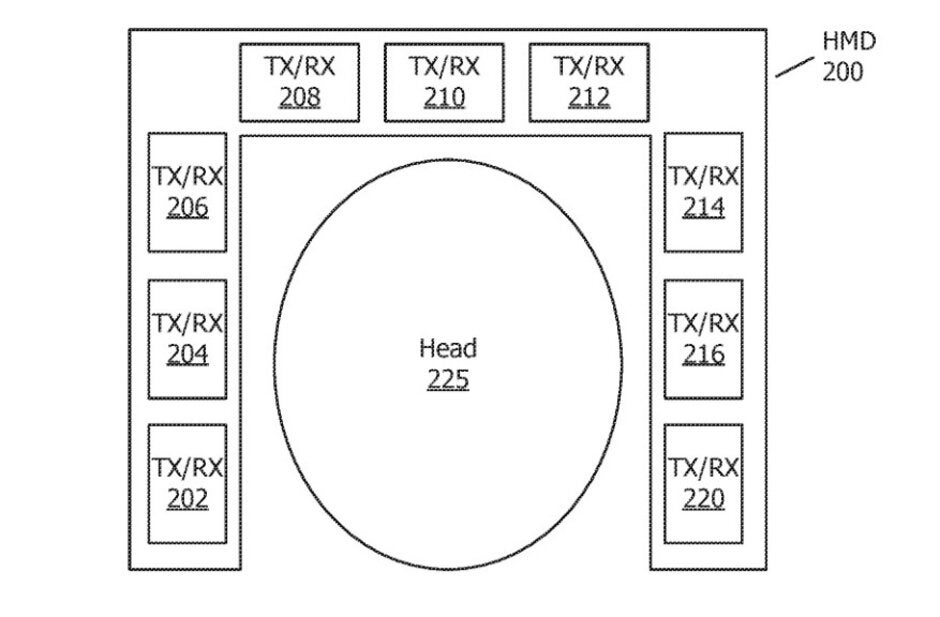Patent applications reveal how Apple Glasses will charge

A new series of patent applications filed by Apple with the U.S. Patent and Trademark Office (USPTO) reveals some of the features that Apple might include with its upcoming AR or mixed reality (augmented and virtual reality) headset. While some analysts had called for this device to launch as soon as this year, it is more likely that the device will see the light of day in 2022 or 2023.
More Apple patent applications point to an upcoming headset
The first of the patent applications published today is simply called "Display System." The patent envisions the use of coils placed inside the headband of the Glasses that go around the back of the wearer's head. A power storage device would be placed near the display and between uses, the headset would be placed in a dock that aligns with the coils to wirelessly charge the device. The headset band could use magnets to help align the coils with the charger. Another possibility is the use of a stand that the headset could hang on. The part of the Apple Glasses that contains the coils connects with the part of the stand that allows the inductive charging to take place.

The Apple Glasses might charge wirelessly while hanging on a stand
Since different people have different face shapes and sizes, Apple applied for another Apple Glasses related patent. Titled "Electronic Device with Adjustable Support Structures," this reveals an adjustable structure that rests against a user's forehead with second and third portions that rest against the user's cheeks or temples. The adjustable structures can use telescopic layers of material, inflatable structures, posts with adjustable lengths, or elastic material that expands or retracts depending on the shape and size of the wearer's face. A cable system could be used so that if the user adjusts the device to better fit his forehead, the cable tightens around both temples.
Another patent application titled "Electronic Device With A Display Attached to a Lens Element" suggests that Apple could attach lens elements to the headset's display by using a layer of optically clear adhesive or the lens element may be formed from gel that directly contacts the display. Attaching the lens directly to the display could help prevent dust and dirt from blurring images. Most VR headsets include lenses that can be found between the user's eye and the display. The patent would help Apple align these lenses with the headset's display. "Ultimate Sensor" is another patent application filed by Apple that discusses a system that transmits pulses and measures any echo coming from that pulse. If a sensor on the headset detects the presence of an object, a second pulse is sent out to help identify it. The technology could be used in combination with a camera to show the headset wearer a view of the real-world to prevent accidents.

An optical sensor will help alert wearers to nearby objects in their way
Apple has kept mum about its Apple Glasses although it is known that CEO Tim Cook loves AR. He has said in the past that "I regard it (AR) as a big idea like the smartphone. The smartphone is for everyone, we don't have to think the iPhone is about a certain demographic, or country or vertical market: it’s for everyone. I think AR is that big, it’s huge. I get excited because of the things that could be done that could improve a lot of lives. And be entertaining."
Last September, hidden code discovered in iOS 13 revealed that Apple's upcoming headset has a code name of T288 and is known as "Garta." It reportedly will use the "reality Operating System (rOS)" and an app called ""STARTester" will recreate on an iPhone display exactly what the Apple Glasses wearer is seeing on his headset. A 5nm chip long has been rumored to be used on Apple Glasses and the very first chip that meets this standard will soon roll off of TSMC's assembly line.










Things that are NOT allowed: